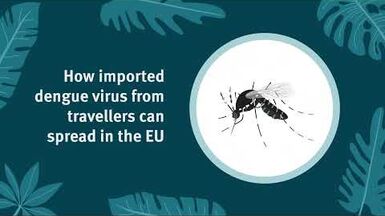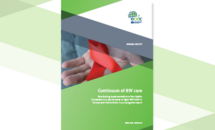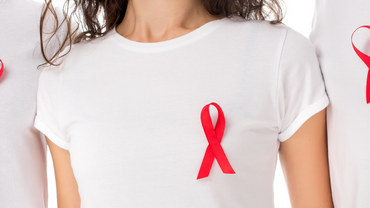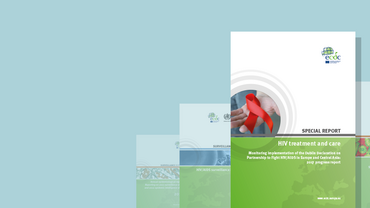Continuum of HIV care - Monitoring implementation of the Dublin Declaration on partnership to fight HIV/AIDS in Europe and Central Asia: 2022 progress report
In 2021, the Joint United Nations Programme on HIV/AIDS (UNAIDS) updated the HIV targets for 2025 as part of the global strategy to end HIV transmission by 2030. The updated targets are for 95% of all people living with HIV (PLHIV) to be diagnosed, 95% of those diagnosed to be on antiretroviral treatment and 95% of those on treatment to be virally suppressed by 2025. These targets, referred to as the ‘95-95-95 targets’, are equivalent to a substantive target of 86% of all PLHIV being virally suppressed.
Executive Summary
The WHO European Region includes 53 countries in Europe and Central Asia that are further divided into three subregions (West, Centre, East). For the purposes of Dublin Declaration monitoring, and Liechtenstein have also been included and assigned to the Centre and West subregions, respectively. These 55 countries are referred to herein as Europe and Central Asia.
In this report, for the first time, we provide an overview of the data reported by countries in Europe and Central Asia compared with the updated targets. In 2022, 51 out of the 55 countries were able to report data on at least one stage of the continuum of HIV care, compared with 48 countries in 2021. Data on all four stages of the continuum were reported by 38 countries. For the 51 countries reporting in 2022, 42 countries reported data related to the years 2020 to 2022, while nine countries reported data relating to the years prior to 2020. For each country, the most recent reporting year was used in this analysis.
The overall performance of the region in 2022, compared with the global 95-95-95 targets, was as follows: 83% of all PLHIV were diagnosed, 85% of those diagnosed were on treatment and 93% of those on treatment were virally suppressed. Overall, 65% of PLHIV were virally suppressed, which is comparable to 2021 (64%) and higher than in 2020 (49%). This falls short of the substantive target of 86% of all PLHIV being virally suppressed.
Performance varied substantially for each stage of the continuum, both between and within the WHO European Region subregions. Overall, in the West subregion, 90% of all PLHIV were diagnosed, 96% of those diagnosed were on treatment and 94% of those on treatment were virally suppressed. For the Centre subregion, these figures were 85%, 80% and 76%, and for the East subregion they were 78%, 78% and 93%, respectively.
At 82%, the West subregion was close to meeting the target of 86% of all PLHIV being virally suppressed, while the Centre (51%) and East (57%) subregions still have substantial progress to make.
Among the 20 European Union (EU)/European Economic Area (EEA) countries that submitted data for all four stages of the continuum (living with HIV, diagnosed, on treatment and virally suppressed), 89% of all PLHIV were diagnosed, 95% of those diagnosed were on treatment and 93% of those on treatment were virally suppressed.
Only the second 95% target was met. Overall, 78% of all PLHIV in EU/EEA countries were virally suppressed. The number of PLHIV who were not virally suppressed (i.e. with transmissible levels of virus) can by calculated by subtracting the number of people diagnosed, on treatment and virally suppressed from the total number of PLHIV. Using data from the 38 countries that were able to report data for all four stages of the continuum (which accounts for 95% of all cases), this was estimated at 772 799 PLHIV (35% of all PLHIV) in 2022.
Of the PLHIV who carried transmissible levels of virus in 2022, 50% were suspected to be undiagnosed, 36% were suspected to be diagnosed but untreated and 13% were suspected to be on treatment but have an unsuppressed viral load. This suggests that a rapid and sustained scale-up of treatment and care aimed at reducing the number of PLHIV with transmissible levels of virus could be as impactful as the current efforts to reduce the undiagnosed population through testing. Therefore, progress towards the targets could be enhanced by a dual approach that takes both into consideration.








